20 Laboratory Apparatus that Scientists Use in the Lab

Laboratory Equipment
Laboratory apparatus are essential tools that enable scientists to conduct experiments. By using lab tools, they can make measurements, and gather data in a controlled environment.
These instruments range from basic items like beakers and test tubes for mixing and storing liquids. But there are also more complex equipment such as distilling flasks, which separate different mixtures.
Today, we’ll provide an overview of laboratory apparatus. Each one has a role in the laboratory and contributes to the accuracy of experiments.
Categories of Laboratory Apparatus
We can divide laboratory apparatus into 5 categories:
- Measuring Tools: Instruments like beakers and pipettes for measuring liquids.
- Heating Devices: Bunsen burners and hot plates for heating substances.
- Glassware: Flasks and test tubes for mixing and holding chemicals.
- Protective Gear: Gloves and goggles for safety.
- Analytical Instruments: Microscopes and spectrophotometers for detailed analysis.
Now, let’s get into more detail for examples of each of these categories.
Laboratory Apparatus for Experiments
Below, you’ll find the 7 most common laboratory apparatuses that scientists use in the lab. The choice of apparatus depends on the type of experiment that the scientist is conducting.
1. Beaker
A wide, cylindrical glass container that scientists use for mixing, heating, and stirring liquids.

2. Test Tube
A small glass tube for holding, mixing, or heating small quantities of substances.

3. Evaporating Dish
A shallow dish in laboratories for heating and evaporating liquids, leaving behind solids.

4. Graduated Cylinder
A tall, narrow container with markings to measure the volume of liquids accurately.

5. Funnel
A tool for pouring liquids into containers with small openings without spilling.
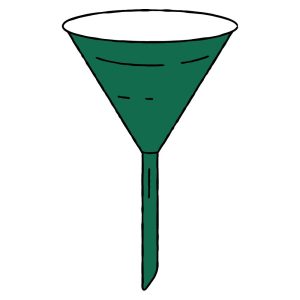
6. Mortar & Pestle
A bowl and grinding tool that scientists use to crush and grind substances into powder or paste.

7. Distilling Flask
A distillation flask separates mixtures based on boiling points.

8. Pipette
A tool for transferring or measuring small amounts of liquid with precision.
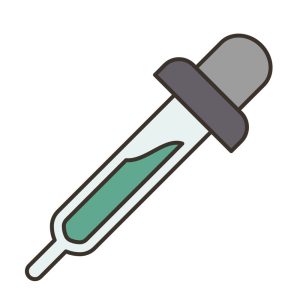
9. Burette
A long, graduated tube for accurately dispensing variable volumes of liquids.

10. Microscope
An instrument for viewing tiny, detailed structures not visible to the naked eye.
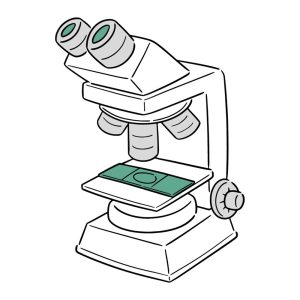
11. Centrifuge
A machine that spins samples at high speeds to separate substances of different densities.
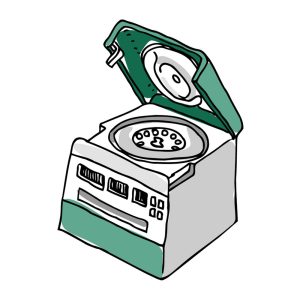
12. Bunsen Burner
A small gas burner for heating substances in a laboratory.

13. Thermometer
A device for checking the temperature of gases and liquids.

14. Petri Dish
A shallow dish for culturing cells and observing microorganisms.
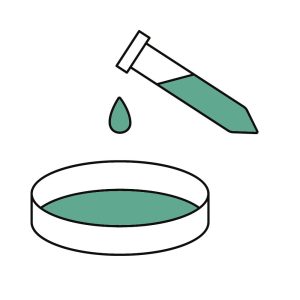
15. Lab Gloves
Essential for protecting hands from hazardous materials for experiments.

16. Goggles
Safety eyewear to shield eyes from chemical splashes, debris, and intense light in lab settings.

17. Spectro-photometers
Instruments measuring light intensity to analyze chemical concentrations.

18. Tongs
Used to handle hot or chemically dangerous materials safely in the lab.

19. Stirring Rod
A tool for mixing or stirring chemical solutions and liquids.

20. Hot Plate
An electric device for uniformly heating substances in containers.

Each laboratory apparatus has its own unique purpose to facilitate specific experiments. Remember that all laboratory personnel should be well-versed in safety protocols before using any of these laboratory tools.
Summary: What’s in Your Lab?
In summary, laboratory apparatus are the backbone of scientific research. They enable scientists to conduct experiments in fields like chemistry, biology, physics, and Earth Science fields.
Each piece of equipment plays a role in different experimental procedures. They range from simple mixing and measuring to complex analysis and observations.
Knowing how and when to use these tools not only ensures accurate results. But it also enhances the efficiency and safety of laboratory work.




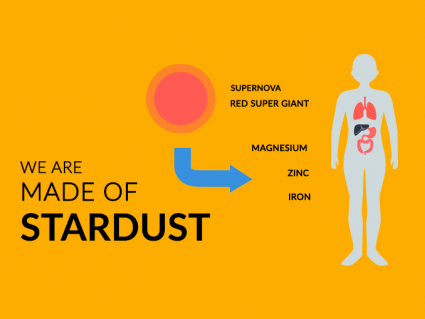


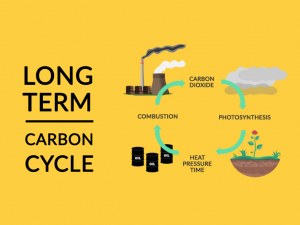





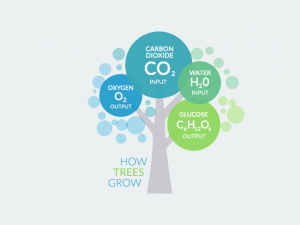

Thanks very much
Thank you
What you guys are saying is dumb and for that I give it -6/100 l calling the FBI
Thanks
Thanks, for the answer and information
Thanks for answering my question ❤️❤️
Can I get the names and information about more equipment.
I’m more interested
Hi Ishrat. All the information is available on the page.
May I get the complete list of equipment for the lab.
Thanks so much